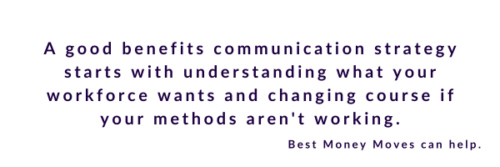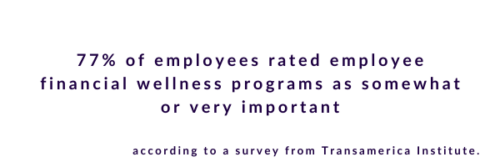
Open Enrollment 2025: Important Deadlines You Need to Know
Open Enrollment 2025: Important deadlines you need to Know. Open enrollment is an important period for your workforce. Learn all about the most critical deadlines for Open Enrollment 2025 in this helpful article.
Open Enrollment 2025 is a critical period during which your workforce can update their benefits choices. Top among those decisions: choosing a health insurance plan for the upcoming year.
Here’s everything you and your team need to know about the most important deadlines for Open Enrollment 2025.
What is Open Enrollment?
Open Enrollment is a window of time when employees are able to review their employee benefits and choose new healthcare options to suit their families’ needs. In most cases, employees who miss this window must wait until the next Open Enrollment period before changing their plans. Prepare for Open Enrollment 2025 with Best Money Moves.

What are the deadlines for Open Enrollment 2025?
For most states, the Open Enrollment period for health coverage that begins on January 1, 2025 starts on November 1, 2024 and runs until January 15, 2025. In order for employees to guarantee coverage in 2025, they must enroll in their health plan by this January 15th date.
However, certain states have different deadlines than the ones listed above:
California: November 1, 2024, through January 31, 2025
Idaho: October 15, 2024, through December 15, 2024
Massachusetts: November 1, 2024, through January 23, 2025
New Jersey: November 1, 2024, through January 31, 2025
New York: November 1st, 2024 through January 31st, 2025
Rhode Island: November 1st, 2024, through January 31, 2025
Washington D.C.: November 1, 2024, through January 31, 2025
Special enrollment periods for Open Enrollment 2025
Outside of the deadlines listed above, there are qualifying life events that allow people to qualify for special enrollment periods. You may be eligible for a special enrollment period if any of the following situations apply to you:
- A change in household including
- Marriage
- A new baby, an adoption or placing a child in foster care
- Divorce
- Death in the family
- A change in residence that involves moving to:
- A new home in a new ZIP code or county
- The U.S. from a foreign country or U.S. territory
- A new school (if you are a student)
- A new place to live or work
- Loss of health insurance
- If you or a member of your household has lost health insurance in the last 60 days or is going to lose health insurance in the upcoming 60 days you may qualify for the Special Enrollment Period.
- Gaining membership to a federally recognized tribe
- Becoming a U.S. citizen
- Leaving incarceration
- Beginning or ending service as an AmeriCorps State and National, VISTA, or NCCC member.
For more information and updated information about the Open Enrollment period, refer to healthcare.gov.
3 Ways to Improve Employee Benefits Communication Year-Round
Finding effective ways to improve engagement with your benefits is difficult – but it can be the difference between a good benefits program and a truly great one. Open Enrollment is an excellent time to promote the benefits your company offers, but it’s also important to find ways to keep employees engaged throughout the year.
A good benefits communication strategy starts with understanding what your workforce wants and changing course if your methods aren’t working.
In order to improve engagement in your benefits program, consider using these communication strategies:
- Choose the right channels to deliver your message. Depending on your business, certain methods of communication (email, phone, intranet, print materials etc) might be more effective when providing information about benefits. Try different methods and see which resonates with your employees the most.
- Personalize your communication. Each employee is different, but there are likely to be demographics you can target. Consider how employees with different backgrounds or stages of life tend to receive their information and tailor your strategy accordingly.
- Create an onboarding system. When you introduce a new benefit to your employees, it’s important to make the process as smooth and as possible. Benefits can be complex and hard to understand, which discourages engagement. An effective onboarding strategy shows employees how they can use their benefits in a simple way that is relevant to their current lives.
- Use an open line of communication. If you aren’t seeing success with engagement, consider asking employees directly. Listen to feedback and learn the obstacles that are preventing your workforce from accessing their benefits. Managers should be well versed in company benefits in order to be a resource for other employees.
To learn more about Best Money Moves Financial Wellness Platform, let’s schedule a call. Contact us and we’ll reach out to you soon.


